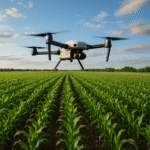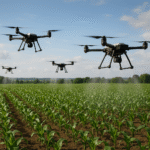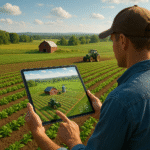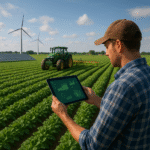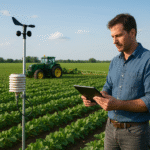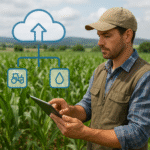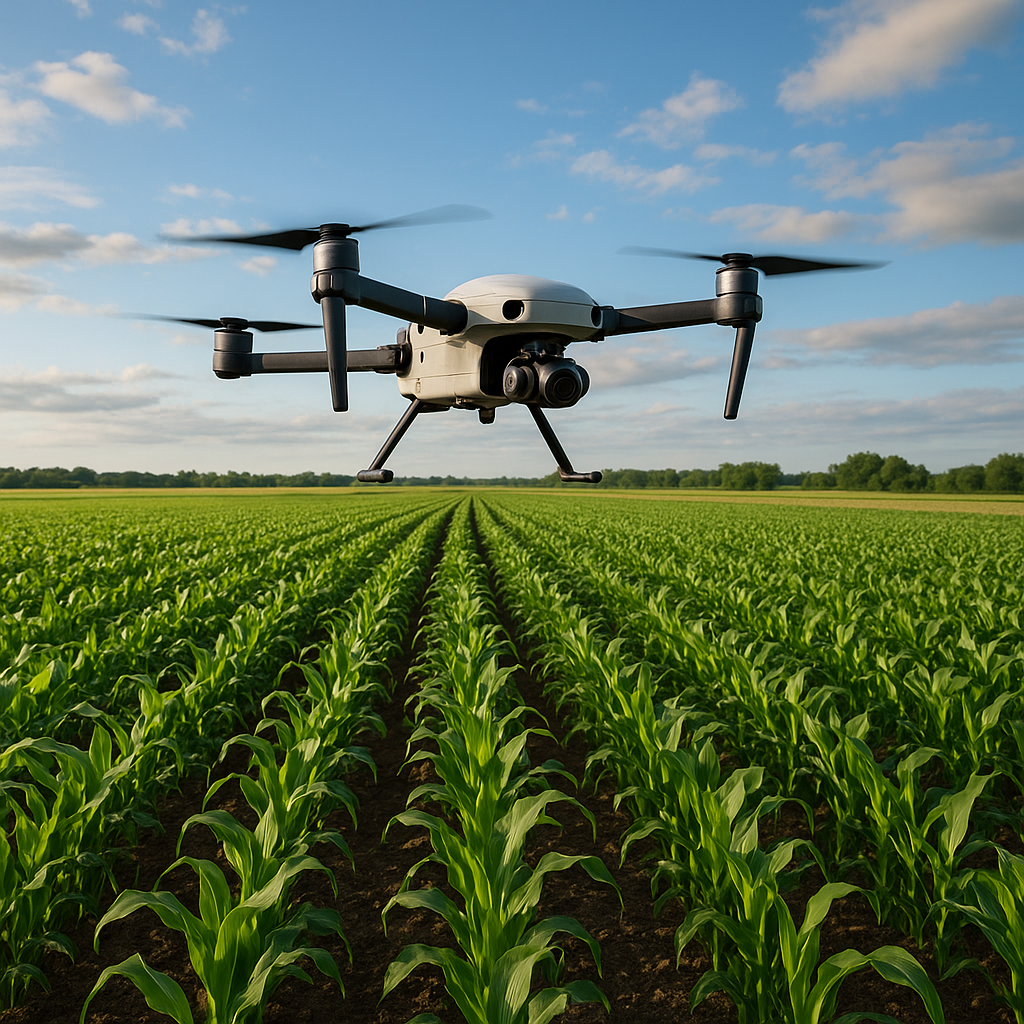Drones have rapidly emerged as a game-changer in the realm of impressive agriculture, offering a potent combination of aerial surveillance, precision, and automation. From real-time monitoring to targeted treatments, these unmanned aerial vehicles (UAVs) usher in a new era of crop management that maximizes yield while conserving resources. By integrating advanced hardware with powerful software platforms, farmers can now harness detailed insights into soil health, plant vitality, and environmental conditions, setting the stage for truly data-driven cultivation.
UAV Technology Revolutionizing Crop Surveillance
Modern agricultural drones pair lightweight airframes with advanced sensors to capture high-resolution imagery and environmental data. Equipped with multispectral, thermal, and RGB cameras, these UAVs deliver actionable intelligence that was previously attainable only through costly manual sampling.
High-Precision Imaging Systems
- Multispectral Cameras: Record reflectance in visible and near-infrared bands, enabling calculation of NDVI (Normalized Difference Vegetation Index) to assess plant vigor.
- Thermal Sensors: Detect canopy temperature variations, revealing early signs of water stress or disease.
- LiDAR Modules: Generate precise three-dimensional models of terrain and plant canopies for canopy height mapping.
These imaging technologies, paired with real-time connectivity solutions such as 4G/5G and satellite links, allow agronomists to monitor vast acreages within minutes. Automated flight planning software ensures consistent coverage and repeatable data acquisition, critical for time-series analysis.
Data Intelligence and Decision Support
Transforming raw aerial imagery into meaningful recommendations hinges on powerful data analytics. Cloud-based platforms process millions of data points, applying machine learning algorithms to identify patterns and forecast outcomes.
Predictive Modeling for Crop Management
- Yield Prediction: By correlating historical yield maps with current vegetation indices, models can forecast end-of-season output.
- Pest and Disease Detection: Computer vision techniques detect spectral anomalies indicative of infestations or fungal outbreaks.
- Water Stress Alerts: Algorithms analyze thermal data to trigger irrigation only when and where it’s needed.
Farm managers receive intuitive dashboards showing field-by-field insights, enabling them to perform optimization tasks such as Variable Rate Application of fertilizers, pesticides, or water. This approach not only improves crop uniformity but also reduces input costs by up to 30%.
Advancing Sustainability and Profitability
Adopting drones in agriculture supports both ecological and economic goals. By minimizing overapplication of chemicals and water, farms can achieve greater sustainability while enhancing profitability.
Environmental Benefits
- Precision Spraying: Targeted delivery of agrochemicals lowers drift and runoff, protecting nearby water bodies.
- Soil Preservation: Monitoring compaction and erosion hotspots guides corrective measures before irreversible damage occurs.
- Biodiversity Conservation: Identifying and safeguarding pollinator habitats during critical growth stages.
Moreover, continuous aerial scouting fosters rapid response to emerging threats, increasing crop resilience against erratic weather, pests, and diseases. These proactive interventions can translate into yield gains of 10–20% compared to traditional methods.
Economic Upsides
- Labor Savings: Automated flights replace time-intensive ground inspections, freeing personnel for other critical tasks.
- Reduced Input Costs: Efficiency gains from data-backed decisions cut fertilizer, pesticide, and water expenses.
- Market Advantage: High-quality, uniform crops command premium prices in both domestic and export markets.
Return-on-investment calculations often show that drone programs pay for themselves within a single growing season, driven by improved yield and trimmed operational costs.
Challenges, Regulations, and the Path Ahead
While agriculture drones offer transformative benefits, several hurdles must be addressed for widespread adoption.
Regulatory Framework and Airspace Management
- Flight Permissions: Obtaining licenses and adhering to altitude restrictions can slow deployment.
- Privacy Concerns: Data collection over private land raises legal and ethical questions.
- Integration with Manned Aircraft: Effective coordination protocols are required to prevent airspace conflicts.
Technical and Operational Barriers
- Battery Life: Limited endurance constrains coverage area, necessitating multiple sorties or charging infrastructure.
- Data Overload: Farmers need intuitive interfaces and training to interpret complex analytics.
- Maintenance and Training: Skilled personnel are required for drone operation, maintenance, and compliance.
Emerging solutions aim to tackle these challenges: next-generation batteries promise extended flight times, autonomy features like obstacle avoidance reduce pilot workload, and cooperative initiatives between regulators and industry stakeholders are streamlining approval processes.
Future Innovations
- Swarm Technologies: Coordinated fleets of micro-drones working in concert for rapid coverage.
- Artificial Intelligence Enhancements: Real-time anomaly detection onboard UAVs without cloud dependency.
- Hybrid Energy Systems: Solar-assisted drones that recharge in flight, further extending operational reach.
As sensor costs decline and analytics capabilities expand, the integration of drones with tractors, autonomous ground vehicles, and Internet of Things (IoT) networks will create a fully connected farm ecosystem. This holistic approach promises unmatched precision, adaptability, and resource stewardship.
